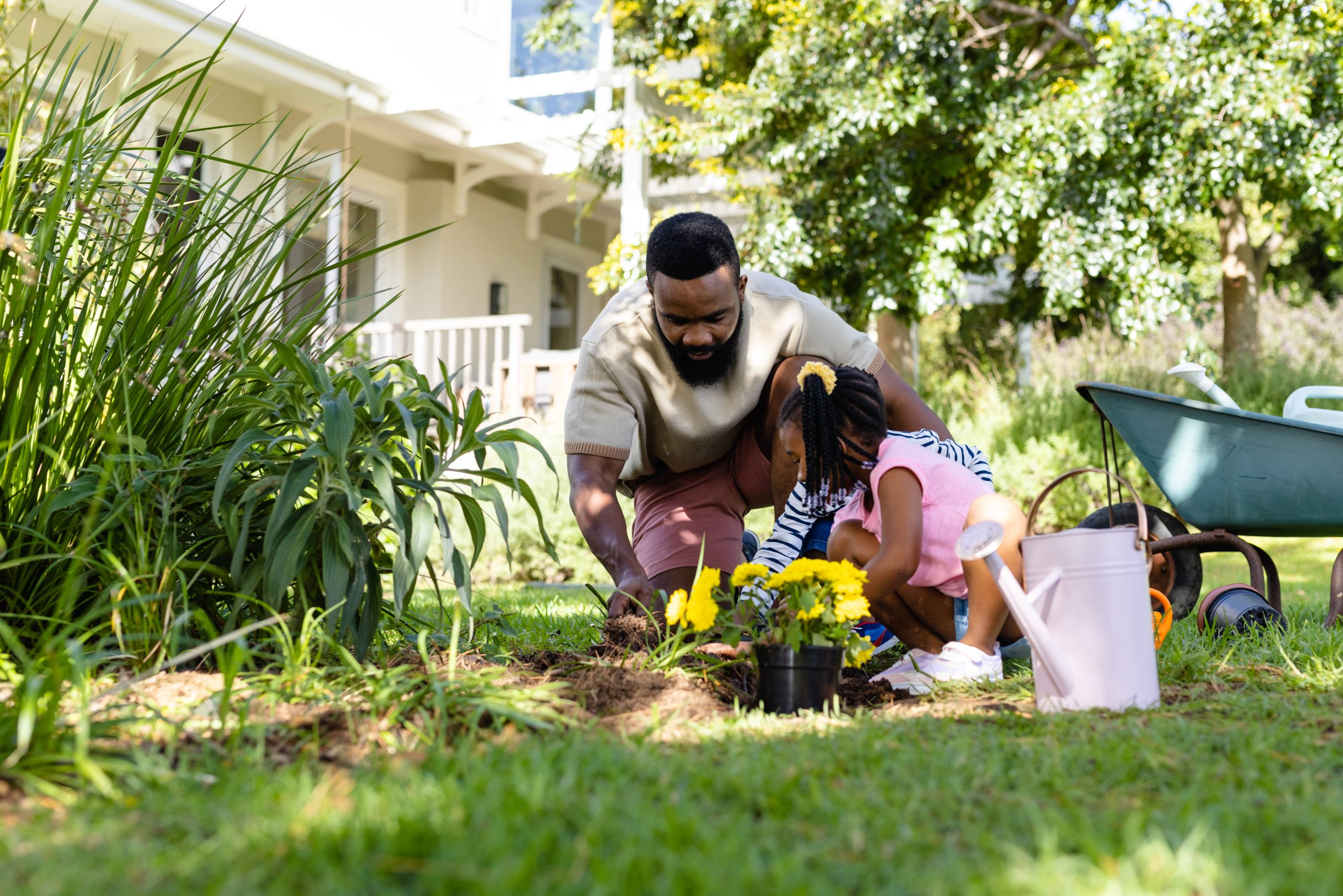
There is something inherently magical about watching butterflies gracefully flutter through a garden, their vibrant wings catching the light as they weave from blossom to blossom. Beyond their ethereal beauty, butterflies play an essential role in pollinating flowers, which helps maintain healthy ecosystems. For gardeners and landscapers alike, attracting these delightful creatures can bring both visual delight and ecological benefit to any outdoor space. Here’s how you can create a butterfly-friendly garden that not only attracts but sustains these winged wonders.
Understand the Butterfly Lifecycle
Before diving into plant selection and garden layout, it’s essential to understand the butterfly lifecycle, as each stage has different requirements. Butterflies begin as eggs, hatch into caterpillars (larvae), transform into pupae (chrysalides), and finally emerge as adult butterflies. A butterfly-friendly garden should cater to all these stages by offering appropriate plants and habitat conditions.
1. Egg-Laying Plants: Female butterflies lay their eggs on specific host plants. These host plants offer food for the larvae (caterpillars) once they hatch. Therefore, it’s important to include a variety of host plants to attract a diverse range of butterfly species.
2. Nectar Plants: Adult butterflies feed primarily on nectar from flowers. Nectar plants with bright colors and flat surfaces make effective landing pads for them.
3. Shelter and Sunlight: Butterflies need sunny spots to bask and find protective shelters from the wind and harsh weather. Various shrubs, trees, and man-made structures can provide necessary shelter.
Selecting the Right Plants
When selecting plants for your butterfly garden, consider both native host and nectar plants to ensure you meet the needs of local butterfly species.
– Host Plants: Depending on your location, suitable host plants may include milkweed, dill, fennel, and parsley for species like the Monarch and Swallowtail butterflies. Research which butterflies are native to your area and what host plants they prefer to support their lifecycle.
– Nectar Plants: Plant a diverse range of nectar-rich flowers that bloom at different times of the year to provide a continuous food source. Common choices include coneflowers, lantana, zinnias, and butterfly bushes. Opt for native varieties that are adapted to your regional climate and soil conditions.
Designing Your Butterfly Garden
While planning your butterfly garden, keep these design principles in mind to create a welcoming habitat:
1. Diverse Planting: Group plants of similar heights together and layer the arrangements to create a variety of levels for butterflies to explore. This not only enhances the visual appeal but also offers various microhabitats.
2. Color and Fragrance: Butterflies are attracted to bright colors, particularly reds, yellows, pinks, and purples. Fragrant flowers also serve as additional attractants, so consider planting sweet-smelling blooms.
3. Sunlit Areas: Butterflies are cold-blooded and often require warmth to become active. Designate sunlit areas with flat stones or tiles where they can bask and regulate their body temperature.
4. Water and Mud Puddling: Butterflies are drawn to standing water where they can drink and gather minerals. Incorporate shallow water features or create a mud puddling area by filling a shallow dish with wet sand mixed with salt and minerals.
5. Wind Protection: Strong winds can deter butterflies from visiting your garden. Plant shrubs or construct small barriers to provide sheltered areas where they can rest and lay eggs without disturbance.
Minimize Pesticide Use
Pesticides, while useful for controlling pests, can be harmful to butterflies and beneficial pollinators. If pest control is necessary, opt for natural solutions like neem oil or introduce predatory insects such as ladybugs. Encouraging a balanced ecosystem is key—helpful predatory insects and healthy plant varieties often keep pest populations in check naturally.
Educate and Involve Your Community
Creating a butterfly-attracting garden can also serve as an educational opportunity. Share your garden with neighbors and community groups by hosting garden tours or educational workshops focusing on the importance of pollinators and native plantings. In addition, involve children in gardening activities to foster a love for nature from a young age.
Encourage your local community or gardening club to plant butterfly gardens in public spaces or schools, creating a network of supportive habitats across your neighborhood. This not only boosts butterfly populations but also enhances the community’s green spaces and encourages biodiversity.
Monitor and Enjoy Your Efforts
Once your butterfly garden takes shape, the most rewarding part is monitoring and enjoying the fruits of your labor. Take time to observe which plants attract the most butterflies and note the different species that visit. Photographing these lovely insects can help you track them and adds a personal touch to your gardening journal.
Gardening is always a journey. By turning your garden into a sanctuary for butterflies, you contribute to the preservation of these enchanting creatures while enriching your own environment. Enjoy the endless hours of joy and tranquility these visitors bring—each fluttering journey is a testament to nature’s splendor and your nurturing green thumb.







